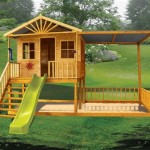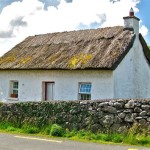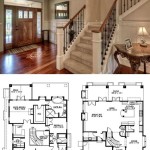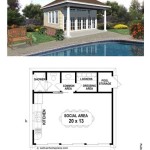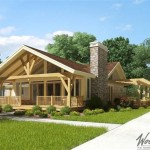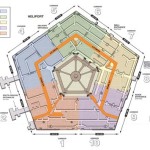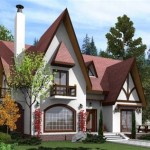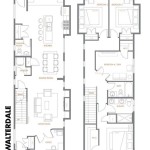Essential Aspects of Tortoise House Plans
Providing a comfortable and suitable living environment for your tortoise is paramount for its well-being. Developing comprehensive and well-thought-out tortoise house plans is a crucial aspect of creating an optimal habitat. Here are some essential considerations to keep in mind when designing a tortoise house:
Size and Dimensions
The size of the tortoise house should be appropriate for the species and the number of tortoises it will accommodate. A general rule of thumb is to provide 4 square feet of space per tortoise. Larger tortoises or multiple tortoises will require a more spacious house.
Materials and Construction
Choose durable and weather-resistant materials for the construction of the tortoise house. Cedar, redwood, or pressure-treated lumber are popular options for outdoor houses. Ensure that all joints are secure and the structure is strong enough to withstand potential predators or harsh weather conditions. Provide adequate ventilation by incorporating mesh openings or vents to allow for proper air circulation.
Enclosure Type
Determine the type of enclosure you will need based on the tortoise's species and lifestyle. Indoor enclosures are suitable for species that require a more controlled environment, while outdoor enclosures provide more space and natural sunlight. Outdoor enclosures must be secure and protect the tortoise from predators and extreme temperatures.
Substrate and Bedding
Select a substrate that is non-toxic and comfortable for your tortoise. Common options include potting soil, cypress mulch, or tile flooring. Provide a dry and warm area for basking and a moist area for hydration and cooling.
Lighting and Temperature
Tortoises require specific lighting and temperature requirements for optimal health. Provide a basking area with a heat lamp that mimics the natural sunlight, and ensure that the temperature gradient within the enclosure allows the tortoise to thermoregulate effectively.
Feeding and Water
Designate areas within the tortoise house for feeding and water. Provide shallow water dishes for hydration and ensure that the feeding area is spacious enough to accommodate food dishes without overcrowding.
Security and Predator Prevention
Take measures to protect your tortoise from predators and other threats. Install secure locks on the enclosure and consider burying the perimeter to prevent digging or tunneling. Provide hiding places or shelter to allow the tortoise to retreat in case of danger.
Additional Considerations
Factor in additional elements that may enhance the comfort and well-being of your tortoise. These could include a shallow pond for aquatic species, a hide box for privacy, or a perch for climbing.

Small Tortoise House Tortoisehsml Houses By Tortoises

Extra Large Tortoise House Granddad Rob Designs Ltd

Tortoise House De Luxe Unbeatable Value Fast Delivery

Small Tortoise Cottage House Granddad Rob 40 Years Experience Made In The Designs Ltd

Large Tortoise House Tortoisehlrg Houses By Granddad Rob Designs As A Non Keeper When Enclosure Habitat

Tortoise House

Medium Tortoise House Granddad Rob Designs Ltd

Upgraded Wood Tortoise Habitat Enclosure Coziwow

Indoor Housing For Tortoises Tortoise Enclosure House Table

Tortoise Table Design

